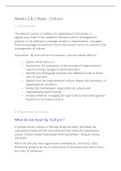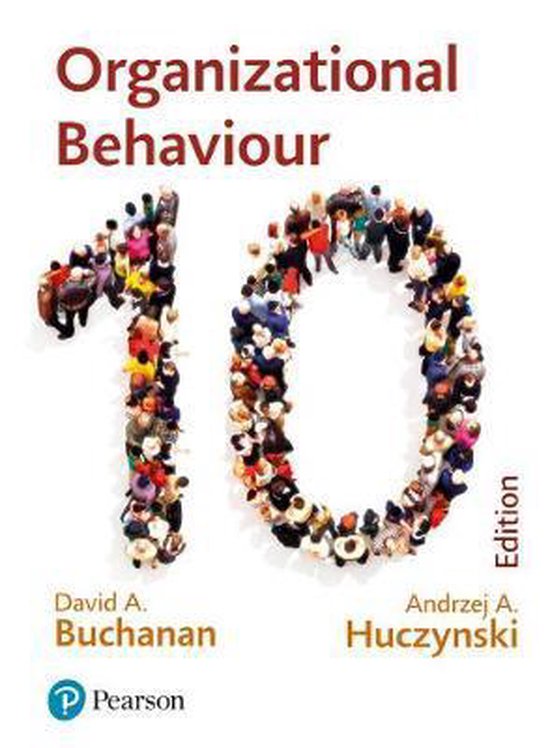Lecture notes
DETAILED LECTURE NOTES ON CULTURE - Organisational Behaviour
- Module
- Organisational Behaviour
- Institution
- University Of Exeter (UoEX)
This document contains detailed coverage on Culture. Some topics covered include: • Explain what culture is; • Account for the popularity of the concept of organisational culture among managers and researchers; • Identify and distinguish between the different levels at which culture o...
[Show more]




